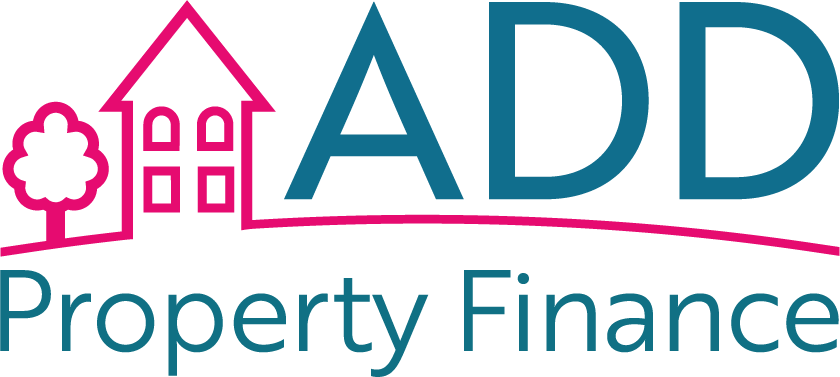If you’re considering entering the property market as an investor, it’s crucial to understand the differences between buy-to-let mortgages and residential mortgages. These financial products cater to distinct needs and come with varying terms and conditions. In this guide, we’ll compare buy-to-let mortgages and residential mortgages, highlighting the key differences for homeowners.
1. Purpose
- Buy-to-Let Mortgages: These mortgages are specifically designed for homeowners who intend to purchase a property with the sole purpose of renting it out to tenants. They are not intended for owner-occupied properties.
- Residential Mortgages: Residential mortgages are for purchasing properties where the homeowner intends to live themselves. These are typically used to buy a primary residence.
2. Interest Rates
- Buy-to-Let Mortgages: Interest rates for buy-to-let mortgages are usually higher than those for residential mortgages. Lenders perceive investment properties as higher risk, which reflects in the interest rates.
- Residential Mortgages: Residential mortgages typically come with lower interest rates since lenders consider owner-occupied properties as less risky.
3. Deposit Requirements
- Buy-to-Let Mortgages: The deposit required for a buy-to-let mortgage is typically higher than that for a residential mortgage. Lenders often ask for a deposit of 25% or more of the property’s value.
- Residential Mortgages: The deposit required for a residential mortgage can be lower, with some lenders accepting deposits as low as 5% or 10% for first-time buyers.
4. Affordability Criteria
- Buy-to-Let Mortgages: Lenders assess your ability to cover the mortgage repayments based on the expected rental income from the property. Your personal income may be considered, but it’s not the primary factor.
- Residential Mortgages: Affordability for residential mortgages is primarily based on your personal income, employment status, and creditworthiness.
5. Regulation
- Buy-to-Let Mortgages: Buy-to-let mortgages are not as heavily regulated as residential mortgages. However, there are still regulatory requirements, including affordability checks and stress testing.
- Residential Mortgages: Residential mortgages are subject to more stringent regulations and affordability assessments to protect consumers.
6. Tax Implications
- Buy-to-Let Mortgages: Rental income from buy-to-let properties is subject to income tax. You can deduct allowable expenses, including mortgage interest, from your rental income.
- Residential Mortgages: There are no tax implications related to rental income for owner-occupied residential properties.
7. Exit Strategy
- Buy-to-Let Mortgages: Lenders may inquire about your exit strategy when the mortgage term ends. They want to know how you plan to repay the loan, whether by selling the property or refinancing.
- Residential Mortgages: There’s typically no requirement for an exit strategy for residential mortgages, as it’s assumed the property will remain your primary residence.
8. Rental Income Assessment
- Buy-to-Let Mortgages: Lenders assess the property’s rental income potential when considering your application. They often require a rental income that covers the mortgage repayments by a certain percentage, typically 125% to 145%.
- Residential Mortgages: Rental income assessment does not apply to residential mortgages, as they are based on your personal finances.
Conclusion
Choosing between a buy-to-let mortgage and a residential mortgage depends on your property investment goals. Understanding the differences between these mortgage types is essential for homeowners looking to make informed decisions about their property investments. Before proceeding, seek professional advice and carefully consider your financial objectives to determine the most suitable mortgage product for your needs.







